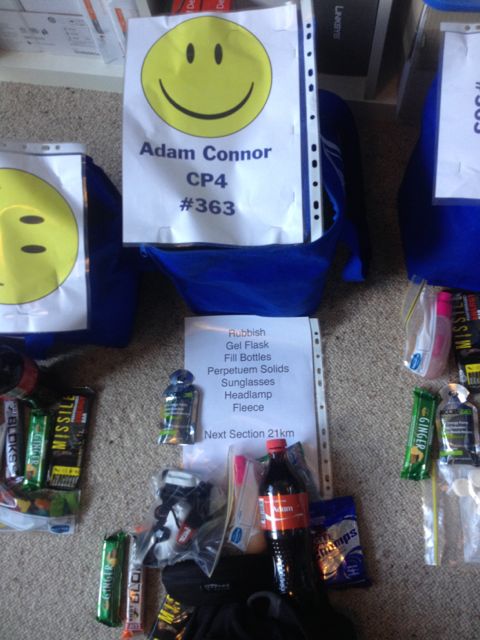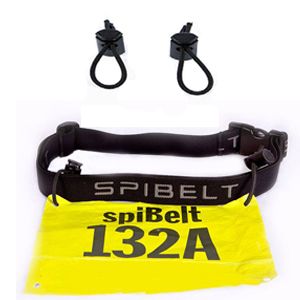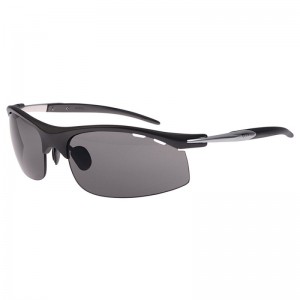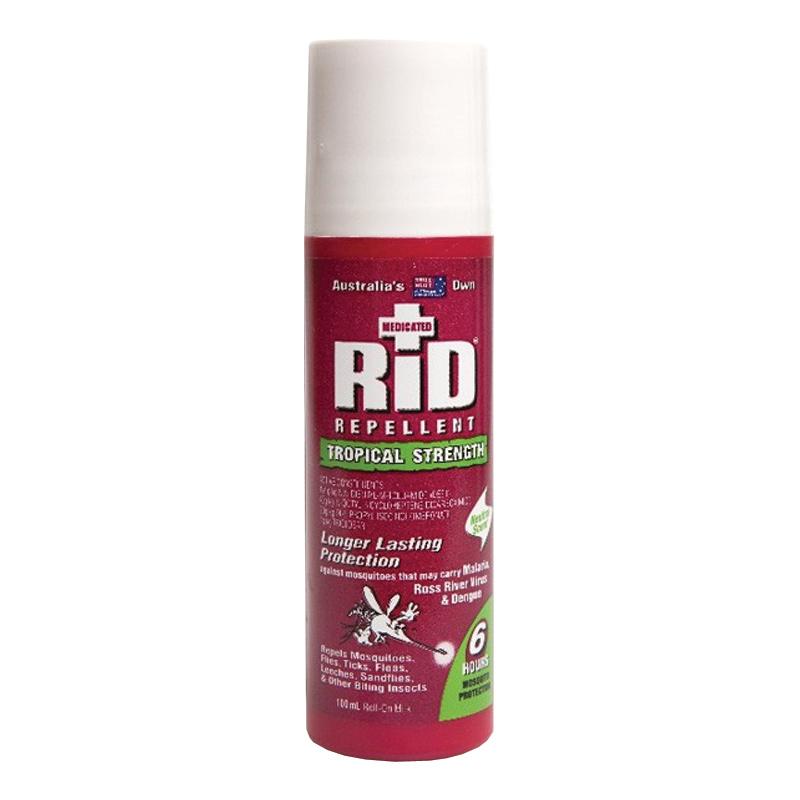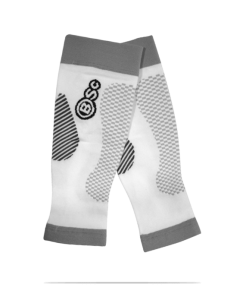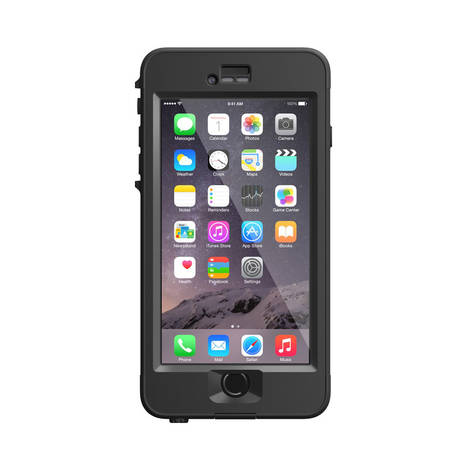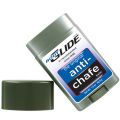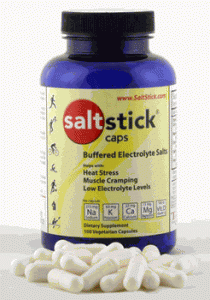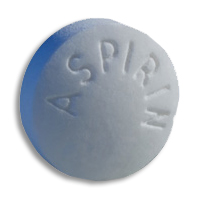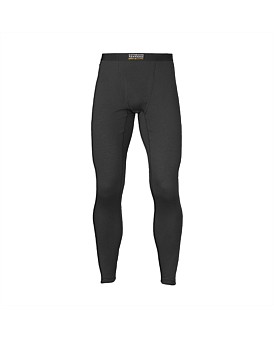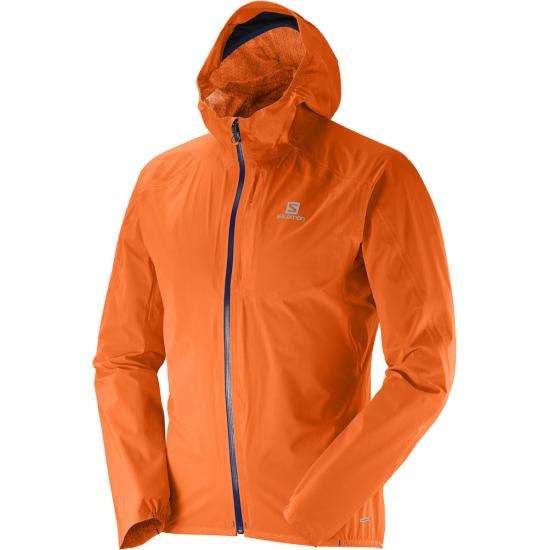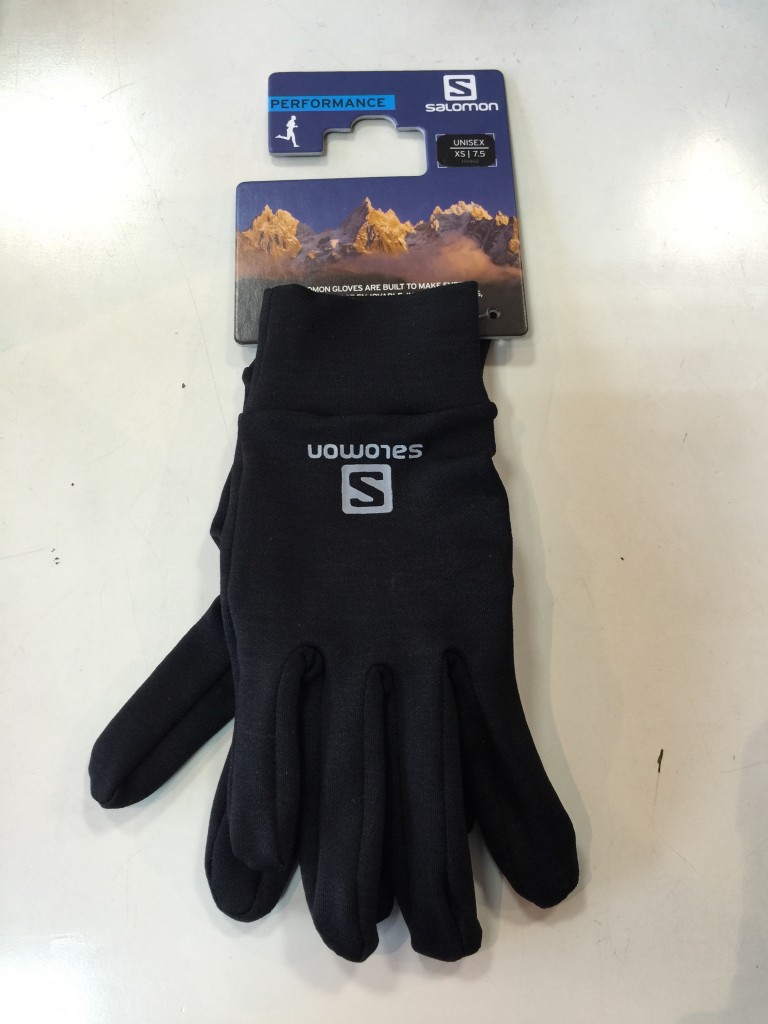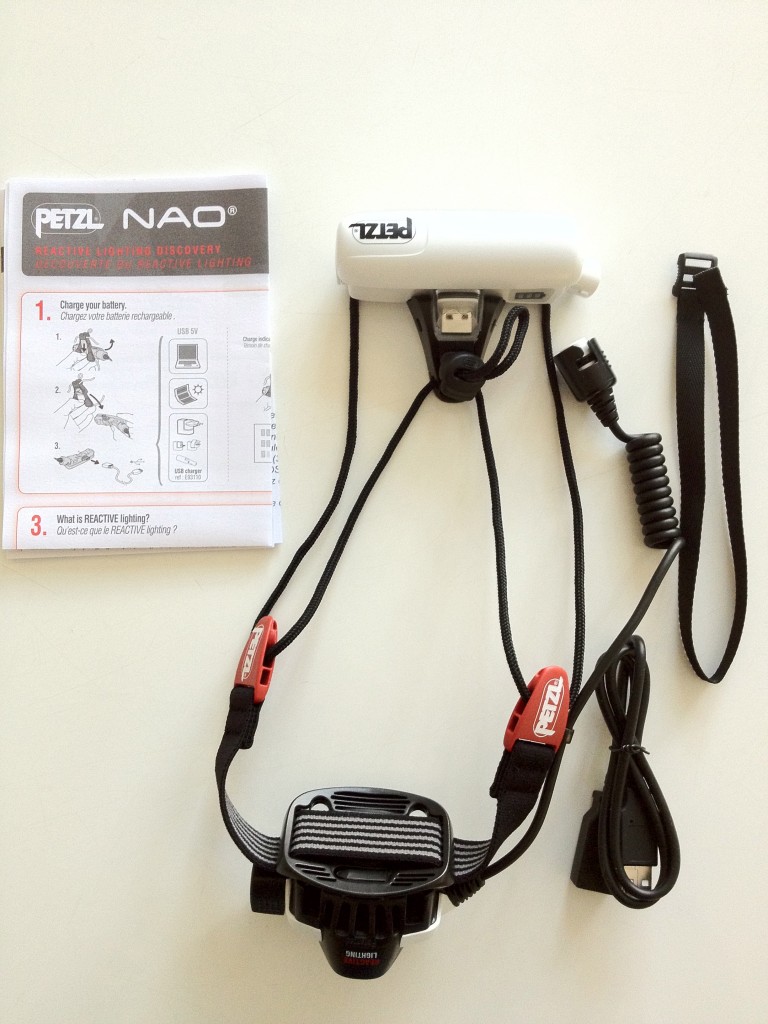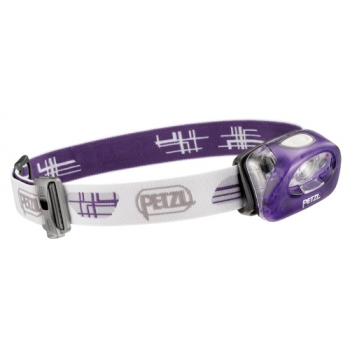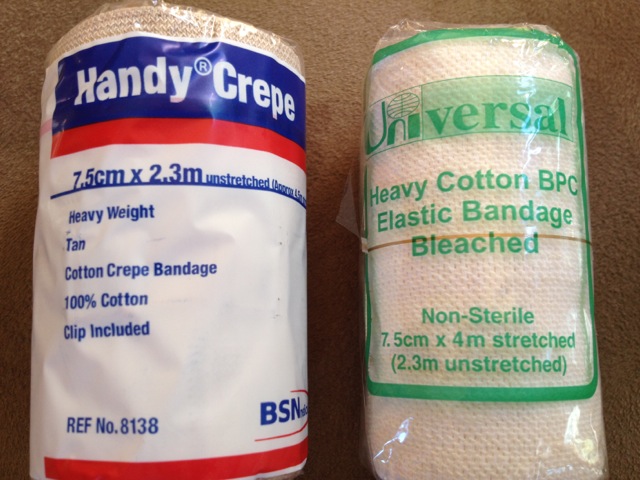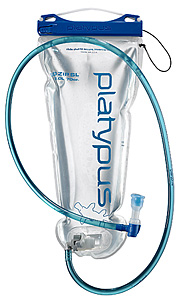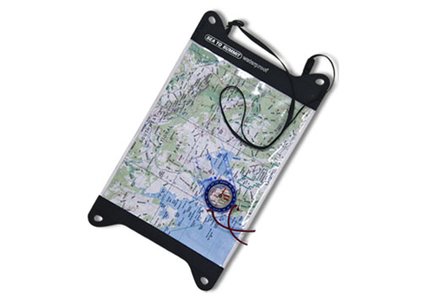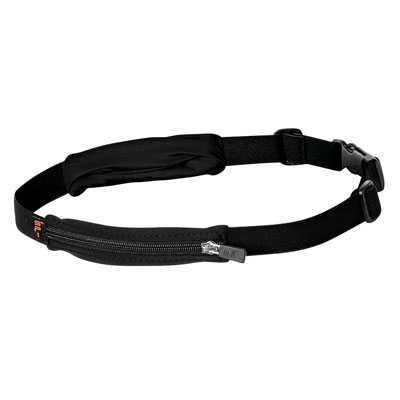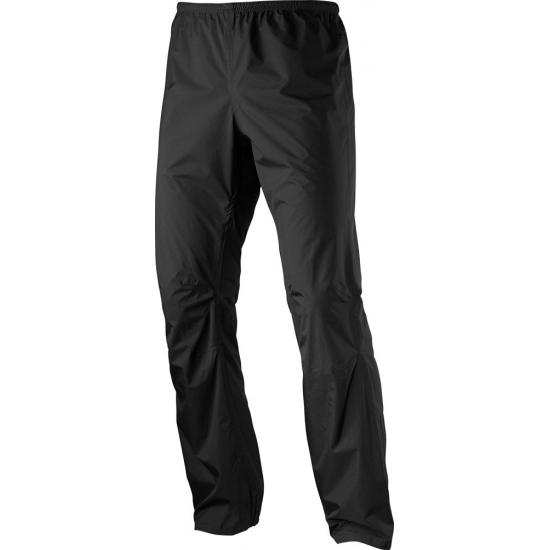What a day.
UTA100 was my first ‘proper’ ultra, and I couldn’t be happier with it. In fact, even going into work on Monday morning couldn’t wipe the smile off my face!
Running an ultramarathon started as an idea in my head about 2 years ago, coming off a heal spur injury which sidelined me much longer than it should have, and with my 40th birthday (and surely midlife crisis!) slowly approaching I made a resolution to be fitter than I had ever been. What better way to prove this than by running 100k through the mountains?
Once I signed up for UTA and 6foot, I started seriously preparing. This involved watching a lot of Youtube videos while ironing my work shirts. And having a pretty dedicated training regime in the NRG 6foot training sessions was excellent. The hill sessions were killers but I did them pretty religiously. Closer to race day, I started doing a lot (A LOT!) of stair training, getting to know Curry Mountain very intimately. A few times, I actually loaded up a backpack with 12 kilos worth of dictionaries and did Curry Mountain reps at 5 am. I admit I got a little kick out of having some guy ask me how many reps I was doing one morning and telling him as casually as possible that I was ‘at 35, but may do a few more’. As soon as he was out of sight I fell into a quivering mess 🙂
Just to spice things up a bit, our daughter arrived just after 6foot and this changed my plans a bit. Originally I had been planning on running a lot of the UTA training runs with the NRG groups on the course, to find out how tough the course was. But now I felt I couldn’t really justify spending extra time away from the family driving out there & back. So for my long runs, I settled on local trails only. Which meant that I was not going to see the course before race day. My original plan of logging 100k per week went out the window as well. Instead, I decided that 60k was the new 100k. On the bright side, that left me incredibly fresh come race day. My plan (based on nothing more than kind of wanting a silver buckle), was to run the course in 14 hours, but I would still be happy with just finishing considering this was my first attempt at this distance.
The morning of the race I woke up excited. I just wanted to get this thing started. Looking back, I would have liked it to start differently though! I was in wave 2 and it took about 100 meters of running when I felt my shorts getting wet. Then my hands and my shirt. I looked down and I immediately wished I could start the day again: BOTH my water bottles were leaking. Every step I took, drops of water were flying all over the place. After 1k, there was only half of my water left. And to make matters worse I then realised that basing my nutrition plan on using Tailwind meant that apart from my hydration, it was also my nutrition plan that quickly evaporated. Oh well, only 99 km to go!
I spent the rest of the trip to CP1 thinking about what to do. Luckily, I had brought 2 soft flasks of 1/2 a liter each to make up the 2 liter capacity requirement. These would have to do until CP3, where I had left a spare bladder with my crew.
I was pretty worried though: I would have to run the 20k from CP1 to CP2 on 1 liter of water, and I had to start taking gels instead of Tailwind (I tried, but couldn’t manage to get my tailwind to go from my zip lock bags into the tiny opening of the soft flasks). Then, there was another gruelling 15k from CP2 to CP3 with the same worry. I was hoping it wouldn’t get too hot too quickly!
Annoyingly, I found out at CP1 that I couldn’t fit both leaking bottles in the back of my pack. I also didn’t dare to throw out the leaking bottles at the checkpoint, afraid of breaking the 2 liter water capacity requirement. So this meant I had to hold 1 of the soft flasks in my hand for the entire 35k until CP3. It took a few minutes at CP1 to get organised and ready to go (including eating some unripe bananas, yuck!)
Start to CP1 – 11k – 1h17 (Planned: 1h15). Time in CP1: +- 4 minutes
Even though I left CP1 a few minutes behind schedule, I started getting comfortable with the new situation pretty soon, and it was such a gorgeous day that I just loved being out there. I even started passing a few people again on my way to Taros. I only had to wait a few minutes at Taros, and I bumped into an ex-colleague. We ran a few km together which was really nice. My spirits really started to soar here. I was feeling great, running well, and passing people. Unfortunately, Doug was one of them. He seemed to be hurting quite a bit. I pushed on and made CP2 with water to spare, and took some time there filling up again. I was happy to see that I had returned to 14hr schedule.
CP1 to CP2 – 21k – 2h03 (Planned: 2h08). Time in CP2: +- 3 minutes.
Start to CP2 – 32k – 3h20 (Planned: 3h24)
The run from CP2 to CP3 was possibly even better: I was in the zone, running took almost no effort at all. It was a beautiful part of the course, going up Ironpot Mountain and doing the out & back along the ridge. For the first time, I passed the didgeridoo players that I had heard so much about. I took some time to inhale the views from the top while listening to the sounds. It was pretty amazing! On the out & back, I saw Rocco and Geoff just in front which gave me a little boost as I knew they were chasing 14 hours as well. It was good to know they weren’t too far ahead after I saw them speed off ahead of me at the start! Going down from IronPot mountain was super hard. I like running downhill, but this was so steep and slippery that I was afraid of ruining my quads here and I took it easy. After the IronPot descent I started running really well again, and I ended up passing some NRG runners. Geoff, Rocco and Tim were all running within a few minutes of each other. I was still a bit worried about running out of water, but as it turns out I was able to stretch it until about the last corner before CP3. I was so pleased to get to CP3, my crew, and the NRG cheer team! On top of that, I was surprised to see that I was now starting to get close to 13:30 schedule, and I was still feeling very good. It took some time to grab my bladder, fill it up & fit it inside my pack, but I was always planning on staying here at least 5 minutes.
CP2 to CP3 – 14k – 1h44 (Planned: 2h00). Time in CP3: 8 minutes
Start to CP3 – 46k – 5h04 (Planned: 5h24)
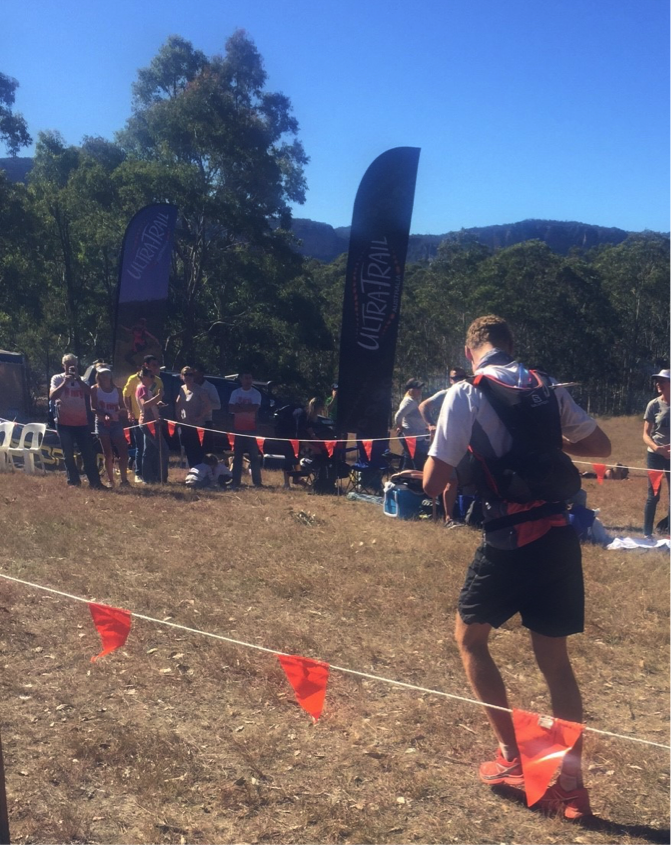
Leaving CP3 in front of the NRG Cheering Squad
At CP3 I seem to have made my second big mistake: to make up for my perceived lack of calories taken on the first half of the course, I ate a peanut butter sandwich which I had prepared but wasn’t planning on using. Coming out of CP3 I started feeling pretty bad very quickly. Suddenly, the energy in my body had disappeared, I got annoyed at things like my bib falling off and having to redo the pins, needing a bathroom break, etc etc. As a result, going up Nellies my mind was in a terrible place. After having some Shot Bloks, my stomach was even worse. I was back on tailwind now though, so it meant I could at least keep up my calories. The lucky part about getting my anticipated ‘bad section’ here is that it was during an uphill section that you’re supposed to be walking/hiking anyway, so I didn’t actually end up losing much time compared to if it had happened during a runnable section. I just kept plodding along, and towards the top of Nellies my nausea suddenly disappeared, and I ran into the Aquatic Centre to a great reception. Steve, Nicola, Alison & Ava were all there, and it really lifted my spirits (that, and a magical can of coke).
CP3 to CP4 – 11k – 1h39 (Planned: 1h39). Time in CP4: 9 minutes
Start to CP4 – 57k – 6h43 (Planned: 7h03)
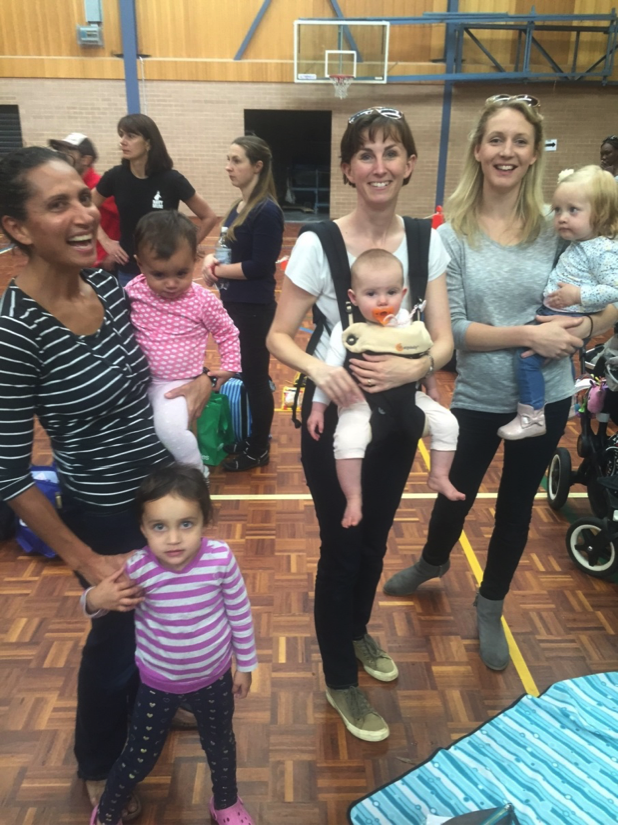
7 Ladies’ worth of Support Crew
CP4 to CP5 was amazing. I knew this was the toughest part of the course and was expecting pain and misery. Instead, I loved it. Sure, the stairs were tough, and there were a million of them, but my legs just didn’t seem to get tired. I was joined just after the Giant Stairway by 2 other runners and we ended up running together for an hour or so, which made the time go faster and the stairs less obvious! Once at the Fairmont I filled up again, said hi to the NRG crew and was well on my merry way to the silver buckle when I must not have lifted a foot up high enough… and smacked forward into the gravel. First came the initial shock, and then my legs started to cramp up. I was able to just avoid terrible pain by stretching my legs upwards. A group of passing runners helped me get up and when we looked at the damage, I could breathe a sigh of relief: my left knee and hand were bleeding, but it didn’t seem race threatening. I told them to go on, and swallowed my final salt tablet. Yes, my final one. I had bought an enormous tub of salt tablets before the race, and bizarrely had decided to bring only 4 in my pack?? I had taken the first one going up Nellies. The second and third I had given away an hour earlier to a guy that I passed as he was cramping up. So when swallowing that last salt tablet I made a mental note to make sure to ask my crew at CP5 to replenish them for the final leg. I then cleaned the wound out with the water dripping from the rock walls (not sure if this was smart?) and started running again slowly. After another clean at the baths of Wentworth Falls I realised that all seemed to be working well again. In fact, in ran into CP5 feeling great, still energetic, and about half an hour ahead of schedule.
CP4 to CP5 – 21k – 3h15 (Planned: 3h25). Time in CP5: 7 minutes
Start to CP5 – 78k – 9h56 (Planned: 10h28)
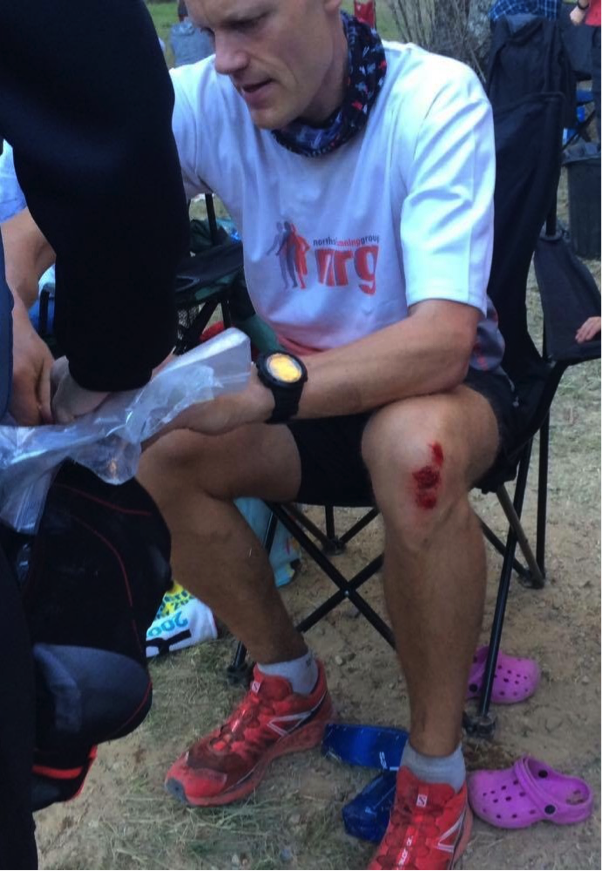
Nursing a bloody knee at CP5
CP5 did nothing to dampen my spirits with the pumping music and friendly faces. I left feeling refreshed and I knew from talking to Danny earlier that I was going to get the silver buckle unless I made another stupid error.
It took me about 1 km to realise that I had made another stupid error. Basking in the glorious attention of my crew and Robyn & Laura at CP5, I had completely forgotten about replenishing my salt tablets. And when I started the descent into the depths of Kedumba, my knee started hurting. Not too much, but enough to make me realise how dumb it would be to end up with cramps in the middle of nowhere when all I had to do was take more pills that weigh about 1/2 gram each. I hobbled the downhill and was happy for the climb to start. At least walking the uphill didn’t hurt (yet!). It was now getting dark, and the darkness dampened my mood a bit. Also the fact that everything was just going so slowly now! This part of the course seemed to never end. I kept trying to tell myself to relax, but now I just wanted it to finish. It took an eternity before I finally got to Furber and it was only then that my mood lifted again. I’d done it! Running through the finish chute and getting cheers from wife, crew and NRG was amazing. It easily ranks as one of the best feelings ever 🙂
CP5 to Finish – 22k – 3h27 (Planned: 3h38).
Start to Finish – 100k – 13h23 (Planned: 14h)

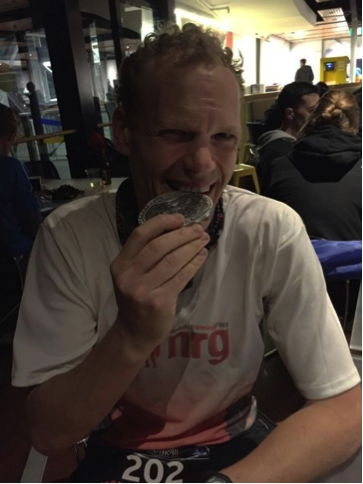
Looking back, I realise how lucky I’ve been. There were a few screwups there that could easily have cost me a lot of time or even the race. So I’m happy that it turned out the way it did. Having said that, I did my training well, and I think the biggest reason I had such a great experience has to do with those hard yards. Hard, but so worth it. I am forever grateful to my wife for allowing me to keep following my dream during a very turbulent family period, to Steve & Nicola my fantastic crew for their incredible efforts to keep me on track, and to all NRG runners who have helped and inspired me along the way!
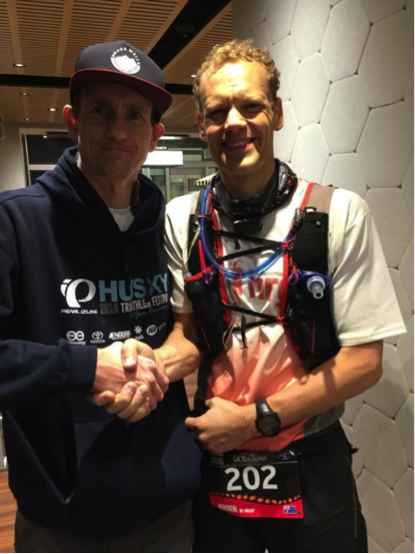
Steve, my loyal crew. His expression shows there is still room for improvement 🙂


